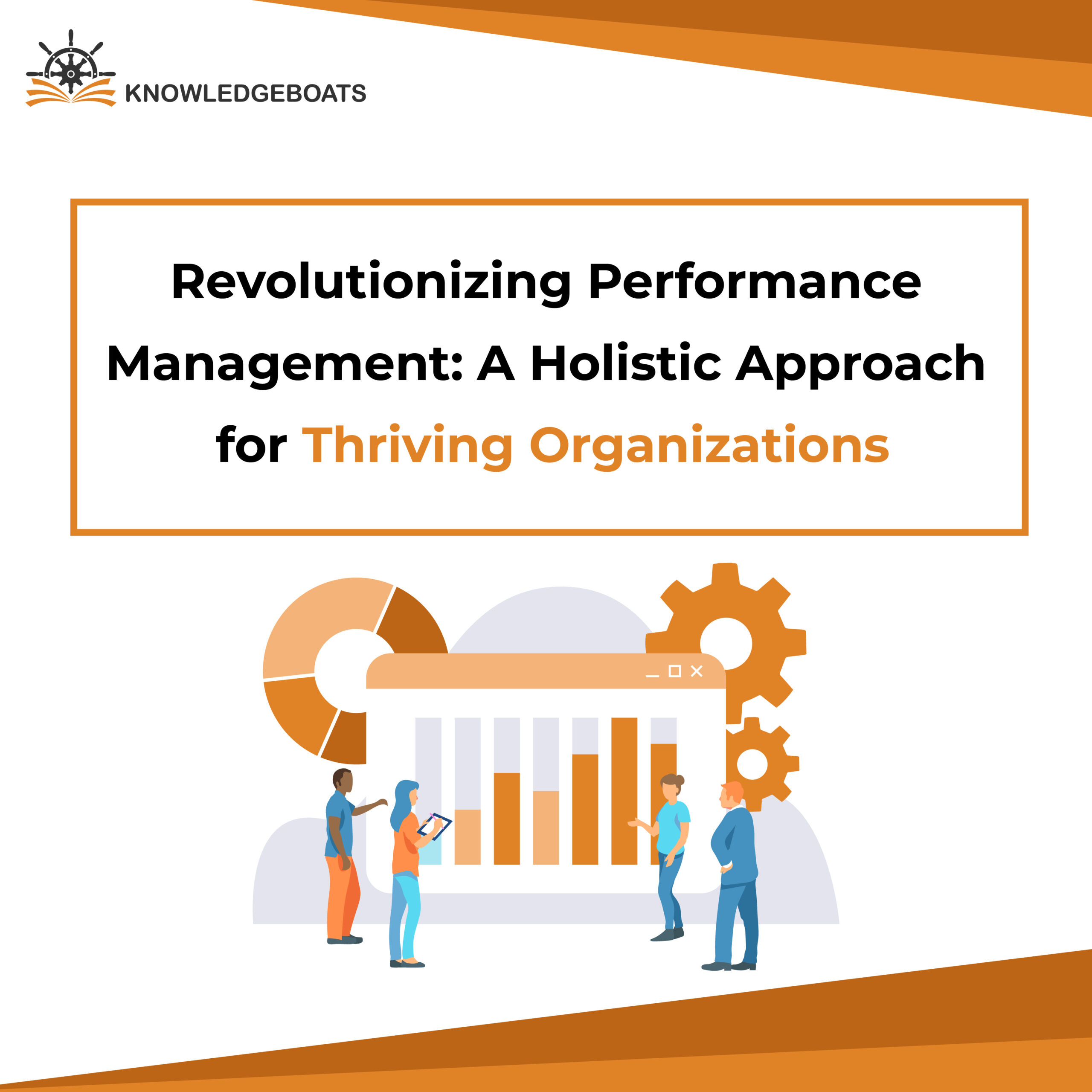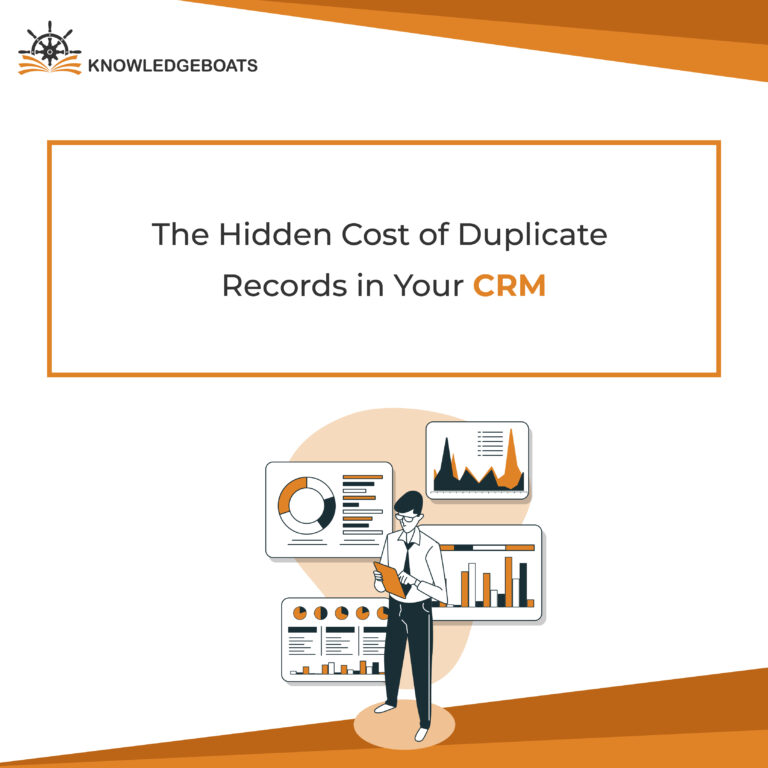
Performance management is a necessary process that helps companies track and evaluate their employees’ progress and effectiveness. Conventionally, performance measurement has been viewed as a periodic review process focused on determining individual employee engagement and setting goals. In the past few years, there has been a drastic change towards adopting a holistic approach to performance management, which considers the broader organizational context and developing requirements of employees.
Performance management is undergoing a significant transformation as organizations recognize the limitations of traditional approaches and seek more holistic and impactful methods. Several fundamental principles and practices have revolutionized performance management and created thriving organizations.
What is Performance Management?
Performance management constantly communicates and clarifies job responsibilities, performance improvements, priorities, expectations and development planning to employees. The aim is to improve their performance and synchronize it with organizational goals. It’s a strategic approach where the talent management team in the company provides feedback to their employees to achieve strategic goals.
The leading purpose of performance management is to ensure that staff performs well and resolves issues that may affect employee performance.
Key Principles of Performance Management
Numerous vital principles are applied to revolutionize performance management and build a thriving organization.
Employee Engagement and Ownership
Engaged employees with a sense of ownership over their work and the organization’s success are likelier to perform at high levels. Performance management tools should involve employees in goal-setting and decision-making processes and encourage active participation and contribution. This fosters a sense of ownership and empowers employees to take responsibility for their performance.
Performance Recognition and Rewards
Recognizing and rewarding employee performance is a robust appraisal. Organizations can adopt a more personalized and meaningful approach to rewards, tailored to individual preferences and aligned with desired behaviors and outcomes. Employee recognition can take various forms, such as verbal appreciation, monetary rewards, career advancement opportunities, or special projects.
Employee Development and Growth
Performance management should prioritize employee development and growth. Organizations can support this by providing learning, training, and skill development opportunities. Individual development plans can be created collaboratively, allowing employees to identify areas for improvement and chart their career progression within the organization.
Clear and Aligned Goals
Establishing clear and meaningful goals that align with the organization’s vision and strategy is essential. Goals should be specific, measurable, achievable, relevant, and time-bound (SMART). This clarity ensures that employees understand their priorities and can focus their efforts on activities that drive organizational success.
Continuous Feedback and Coaching
Organizations can adopt a continuous feedback and coaching culture rather than relying solely on annual or quarterly performance reviews. Regular check-ins between managers and employees provide opportunities to discuss progress, provide guidance, and address any challenges or development needs. This ongoing dialogue fosters a supportive environment and allows for timely adjustments and course corrections.
Employee Empowerment and Autonomy
Empowering employees to take ownership of their performance and career development is essential. Performance management should encourage autonomy, innovation, and learning. This can be achieved by involving employees in goal setting, providing autonomy in decision-making, encouraging experimentation, and fostering a culture of continuous learning and improvement.
Data-driven Insights
Leveraging data and analytics can provide valuable insights into performance trends and patterns. By collecting and analyzing data on key performance indicators, organizations can identify areas of improvement, measure progress, and make data-informed decisions. This data-driven approach lets organizations focus on what matters most and continuously improve performance.
Employee Well-being and Work-Life Integration
Thriving organizations prioritize employee well-being and recognize the importance of work-life integration. Performance coaching practices should consider work-life balance, stress management, mental health support, and flexibility in work arrangements. Organizations can improve performance and retention by fostering a healthy and supportive work environment.
Conclusion
To implement a holistic approach to performance management, organizations should provide training and resources to managers and employees, create a continuous learning and improvement culture, and ensure that performance management practices align with the organization’s values and goals. Regular evaluation and adaptation of the performance management system are also essential to address evolving needs and challenges.
By embracing this holistic approach to performance management, organizations can create an environment that nurtures employee growth, fosters collaboration, and drives sustainable success. Revolutionizing performance management requires a shift in mindset, leadership commitment, and ongoing adaptation to the evolving needs of employees and the organization.



